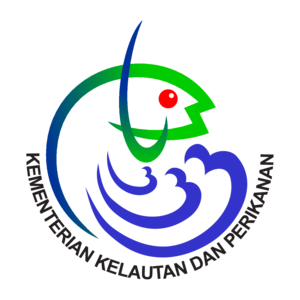ASSESSING GROUNDWATER VULNERABILITY USING GALDIT METHOD (CASE STUDY: PADEMAWU SALT POND AREA, MADURA-INDONESIA)
Abstract
Groundwater quality pollution in the Pademawu coastal area is very alarming. The major problem is landuse overlapping between salt pond and settlement area which influences environment degradation enhancement. One of negative impacts is groundwater vulnerability in the salt pond area. The salt content enhancement affects some wells become saline around the settlement area which proves the environment degradation has occurred. This study has aim to determine the groundwater vulnerability level in Pademawu coastal area. We employed GALDIT method to assess the groundwater vulnerability level by which calculates the six GALDIT parameters such as groundwater occurrence aquifer type, hydraulic conductivity, level above mean sea level, distance from coast, impact of existing intrusion and aquifer thickness. We divided the groundwater vulnerability into 3 classes, which are high, moderate, and low vulnerability. The sensitivity analysis result shows that the distance between groundwater source and the coast (D) has reached 74 % which tremendously influences the groundwater vulnerability level. The high level of vulnerability is found in the area near the coast and salt pond which deteriorated towards north. The limitation of groundwater utilization and salt pond area in Pademawu coastal area is one of the precise ways declining the intrusion of sea water to the groundwater quality condition.
Keywords
Full Text:
PDFDOI: http://dx.doi.org/10.15578/jkn.v12i3.6358
Copyright (c) 2017 Jurnal Kelautan Nasional
Copyright of Jurnal Kelautan Nasional (p-ISSN 1907-767X, e-ISSN 2615-4579)
Pusat Riset Kelautan
Badan Riset dan Sumberdaya Manusia Kelautan dan Perikanan
Kementerian Kelautan dan Perikanan
Index by
 Jurnal Kelautan Nasional
Jurnal Kelautan Nasional
















